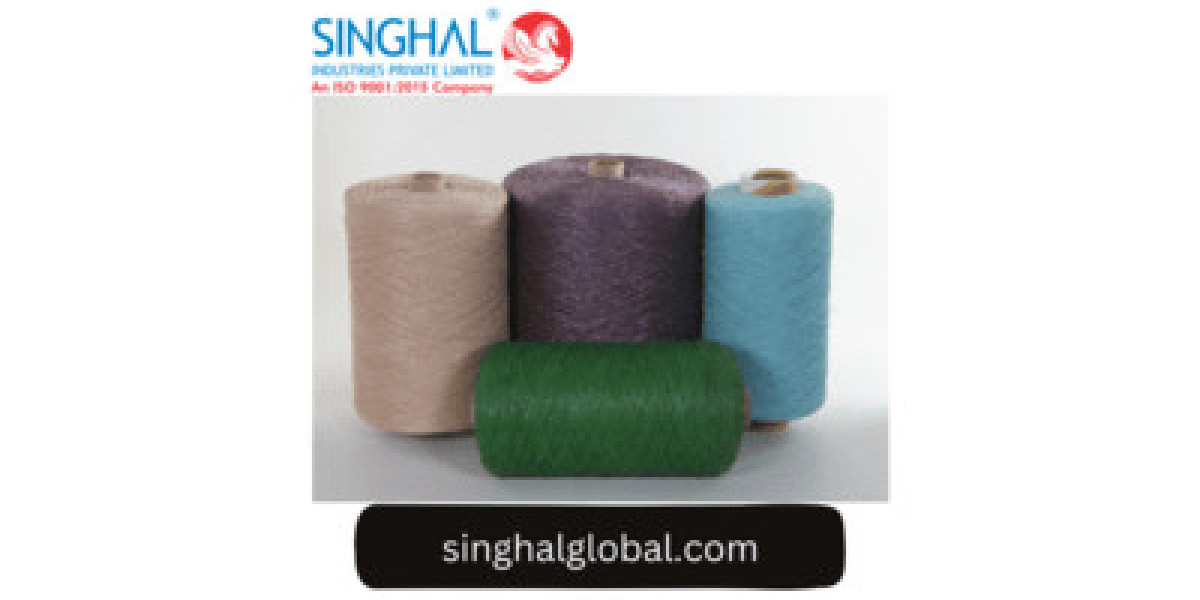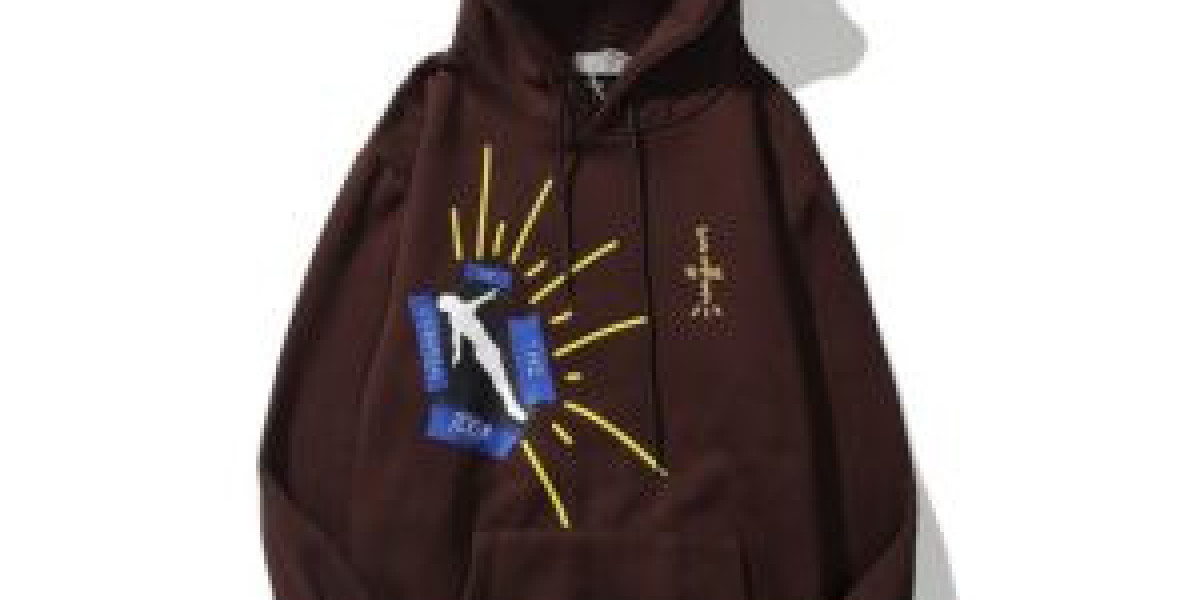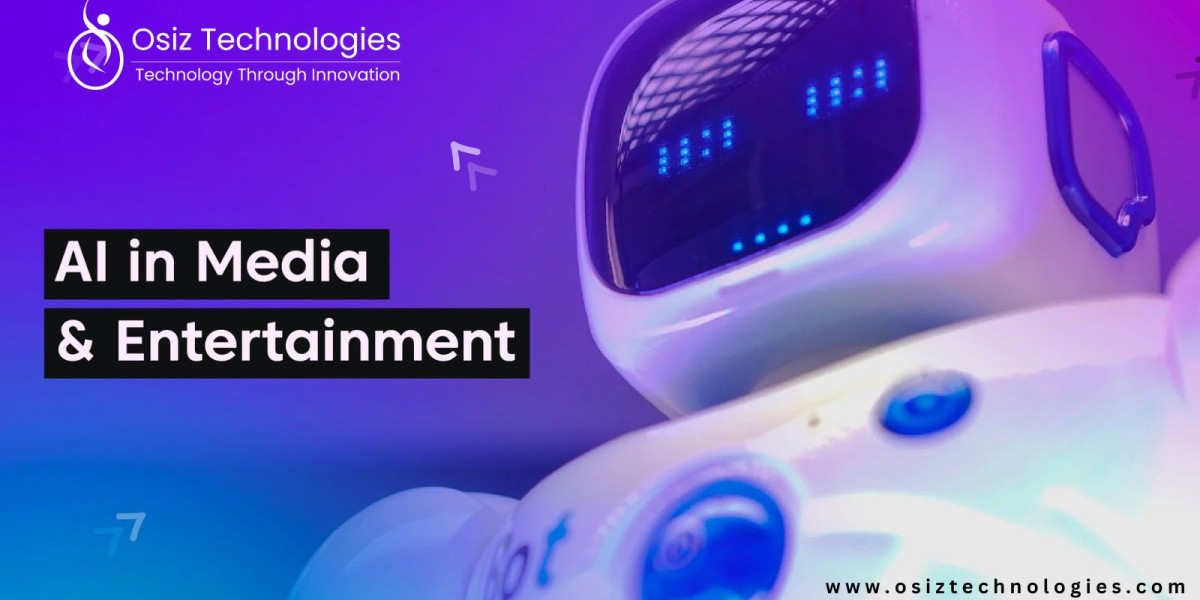The textile industry is constantly evolving, driven by innovation and a pursuit of materials that offer superior performance and functionality. Among the recent advancements, PP fibrillated yarn (PPFY) has emerged as a game-changer, influencing design possibilities and revolutionizing product creation across various sectors. This article explores the unique properties of PPFY, its impact on design and functionality, and its potential to shape the future of textiles.
Understanding PP Fibrillated Yarn
PPFY, also known as polypropylene fibrillated yarn, is a special type of yarn engineered from split polypropylene fibers. These fibers undergo a specific process that creates a network of fine fibrils along the yarn's length. This unique structure imbues PPFY with a range of desirable properties that set it apart from conventional yarns.
Key Characteristics of PPFY
1. High Strength and Durability: PPFY boasts exceptional tensile strength and tear resistance, making it ideal for applications requiring robust materials.
2. Lightweight: Despite its strength, PPFY is remarkably lightweight, offering a significant advantage in weight-sensitive applications.
3. Breathability: The network of fibrils in PPFY allows for excellent air permeability, keeping products cool and comfortable.
4. Water Resistance: PPFY exhibits superior water repellency, making it suitable for applications exposed to moisture.
5. Versatility: PPFY can be readily dyed in various colors, opening doors for creative design possibilities.
6. Eco-Friendliness: PPFY is recyclable and can be produced using recycled polypropylene, contributing to sustainable practices.
Impact on Design
The unique properties of PPFY have unlocked new avenues for designers across industries. Here's a glimpse into how PPFY is shaping design:
1. Lightweight and Breathable Apparel: PPFY's lightweight and breathable nature makes it ideal for sportswear, activewear, and summer clothing. Designers can create garments that offer superior comfort and performance during physical activity.
2. Durable and Functional Outdoor Gear: The strength and water resistance of PPFY make it perfect for crafting backpacks, tents, and other outdoor equipment. Designers can create gear that is lightweight, durable, and withstands harsh weather conditions.
3. Sustainable Design Solutions: The eco-friendly nature of PPFY resonates with the growing demand for sustainable design practices. Designers can utilize PPFY to create eco-conscious products that minimize environmental impact.
4. Aesthetics and Innovation: The versatility of PPFY allows designers to experiment with different textures and effects. The fibrillated structure can add a unique visual element to textiles, fostering innovative design approaches.
Influence on Functionality
Beyond design aesthetics, PPFY offers significant functional advantages in various applications:
1. Filtration Applications: The intricate network of fibrils in PPFY makes it an excellent filtration media. It can be used in air and water filters, offering efficient contaminant removal.
2. Geotextiles and Construction: PPFY's strength and durability make it suitable for geotextiles used in soil reinforcement and erosion control. It can also be employed in construction applications for insulation and reinforcement purposes.
3. Medical and Hygiene Products: PPFY's hygiene-promoting properties make it a valuable material for medical textiles and disposable hygiene products.
4. Industrial Applications: The versatility of PPFY extends to industrial applications like packaging materials, tapes, and straps, offering a combination of strength, lightweight properties, and water resistance.
Finding PP Fibrillated Yarn Suppliers in India
The growing demand for PPFY has led to an increase in PP yarn manufacturers in India. To find reliable suppliers, you can conduct online searches using keywords like "pp yarn manufacturer in india". This will provide a list of potential vendors. It's crucial to research their reputation, product quality, and pricing before making a purchase decision.
PP Yarn Price
The price of PP yarn can vary depending on several factors, including yarn denier (thickness), fiber type (virgin or recycled), and order quantity. To get an accurate idea of PP yarn prices, it's recommended to contact potential suppliers directly and request quotes based on your specific requirements. You can search for "pp yarn price" to find relevant information online, but contacting suppliers directly will ensure you get the most up-to-date pricing.
Surat: A Hub for PP Yarn Manufacturing
Surat, a city in Gujarat, India, is known as a prominent textile hub. Many PP yarn manufacturers are located in Surat. If you're specifically looking for suppliers in this region, you can search for PP yarn manufacturer in Surat to find a list of potential vendors in that area.
Conclusion
PP fibrillated yarn (PPFY) is a revolutionary textile material with the potential to reshape the future of design and functionality across various industries. Its unique blend of strength, lightweight properties, breathability, and eco-friendliness opens doors for innovative and sustainable product development. As research and development in PPFY continue, we can expect even more exciting applications to emerge, solidifying its place as a game-changer in the textile landscape.
FAQs (Frequently asked questions)
Q1. Is PPFY recyclable?
A1. Yes, PPFY is recyclable, and it can also be produced using recycled polypropylene. This contributes to reducing environmental impact and promoting a circular economy within the textile industry.
Q2. How does PPFY compare to other eco-friendly yarns like organic cotton?
A2. While both PPFY and organic cotton offer sustainable advantages, they cater to different needs. Organic cotton is known for its soft, breathable feel and is ideal for garments seeking a natural aesthetic. PPFY, on the other hand, excels in strength, water resistance, and lightweight properties, making it suitable for functional applications. The choice between the two materials depends on the specific needs of the product being developed.
Q3. What are some potential drawbacks of using PPFY?
A3. While PPFY boasts numerous advantages, it's essential to consider some potential drawbacks. Compared to natural fibers like cotton, PPFY might have a slightly less luxurious feel. Additionally, depending on the specific application, careful design considerations might be required to address any limitations in drape or flexibility compared to traditional textiles.







